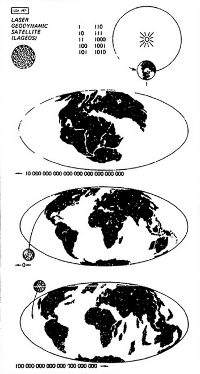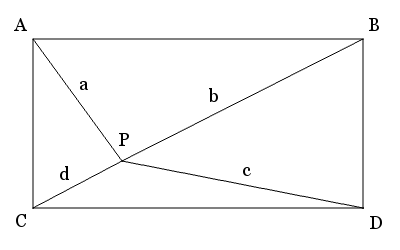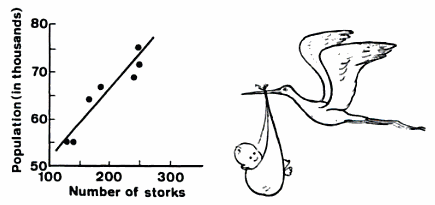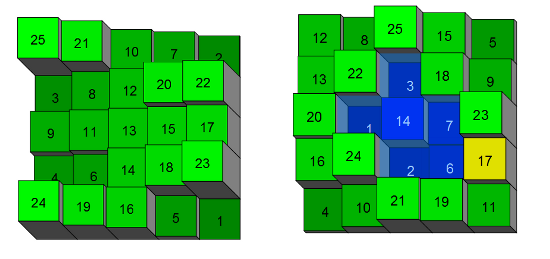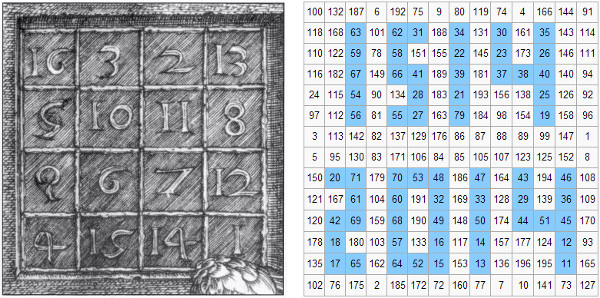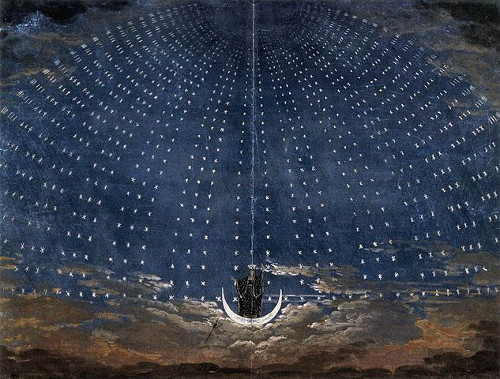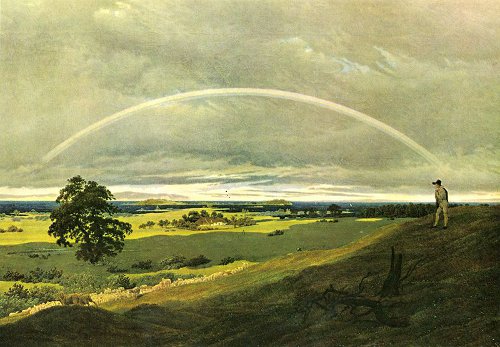
“We have not the reverent feeling for the rainbow that a savage has, because we know how it is made. We have lost as much as we gained by prying into that matter.” — Mark Twain
“At last I fell fast asleep on the grass & awoke with a chorus of birds singing around me, & squirrels running up the trees & some Woodpeckers laughing, & it was as pleasant a rural scene as ever I saw, & I did not care one penny how any of the beasts or birds had been formed.” — Charles Darwin, letter to his wife, April 28, 1858

